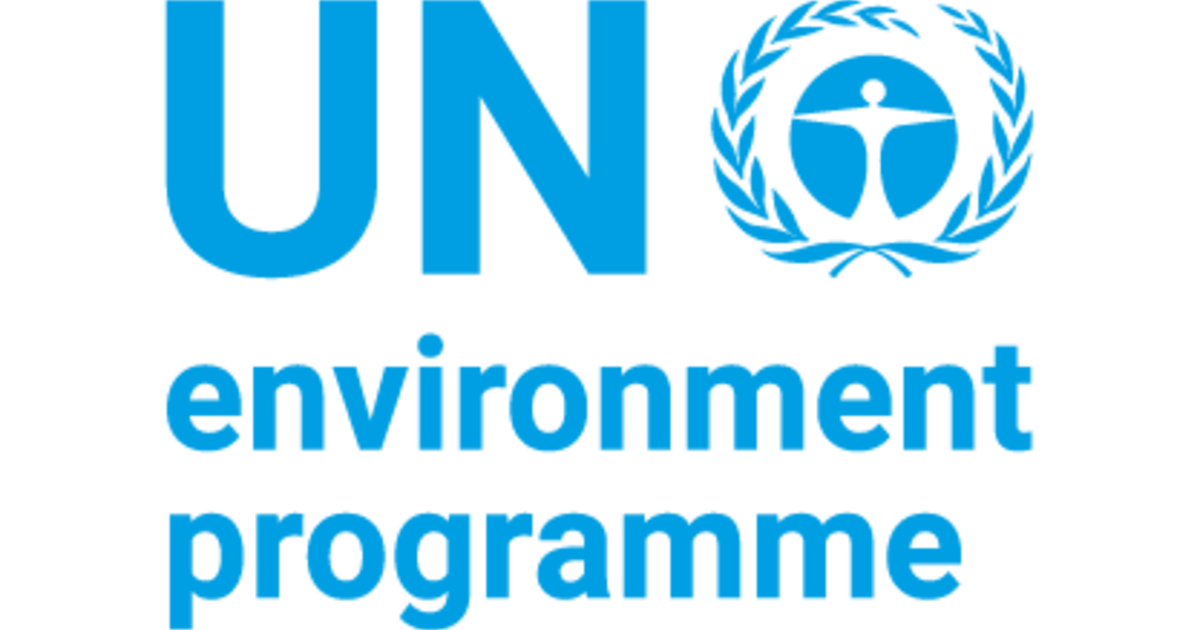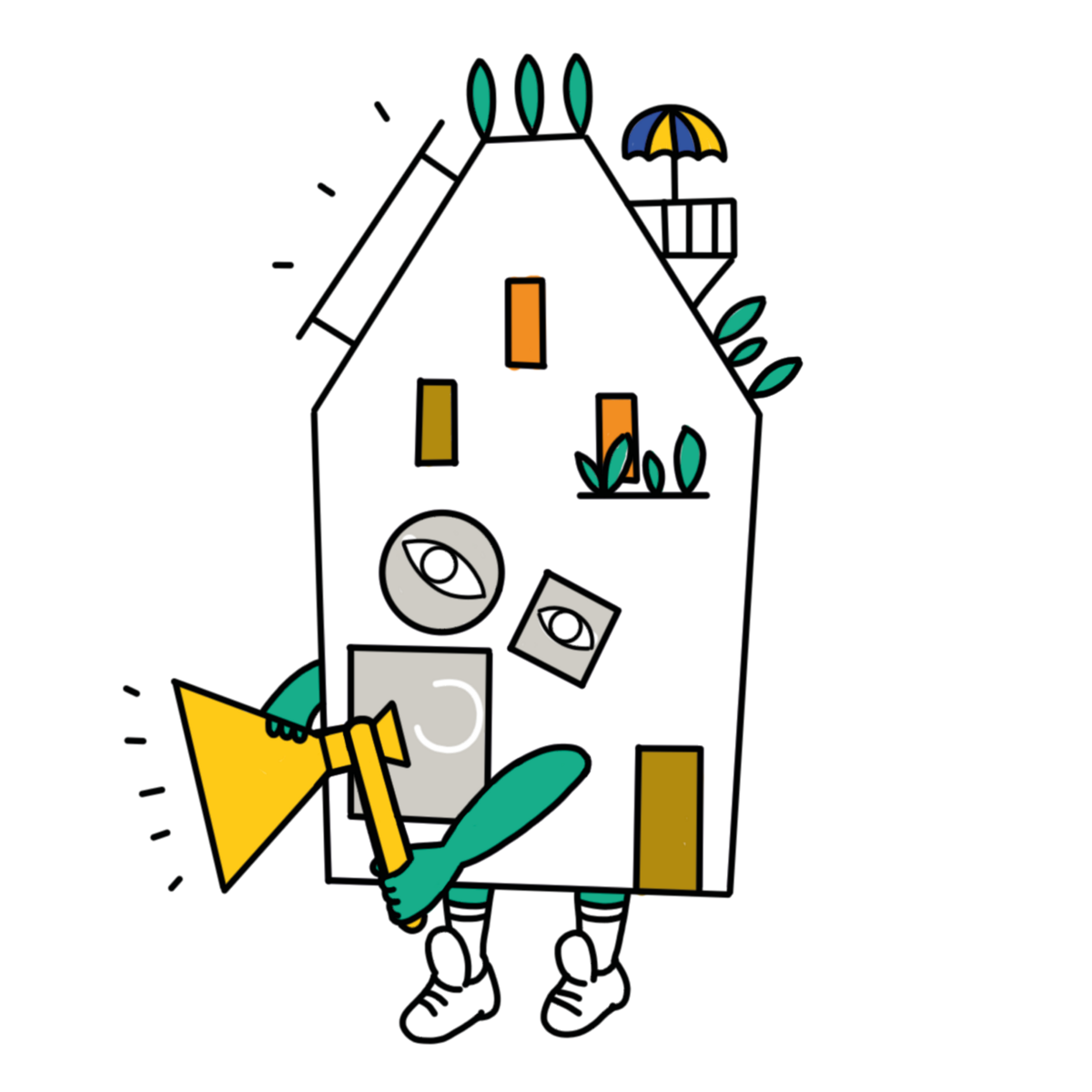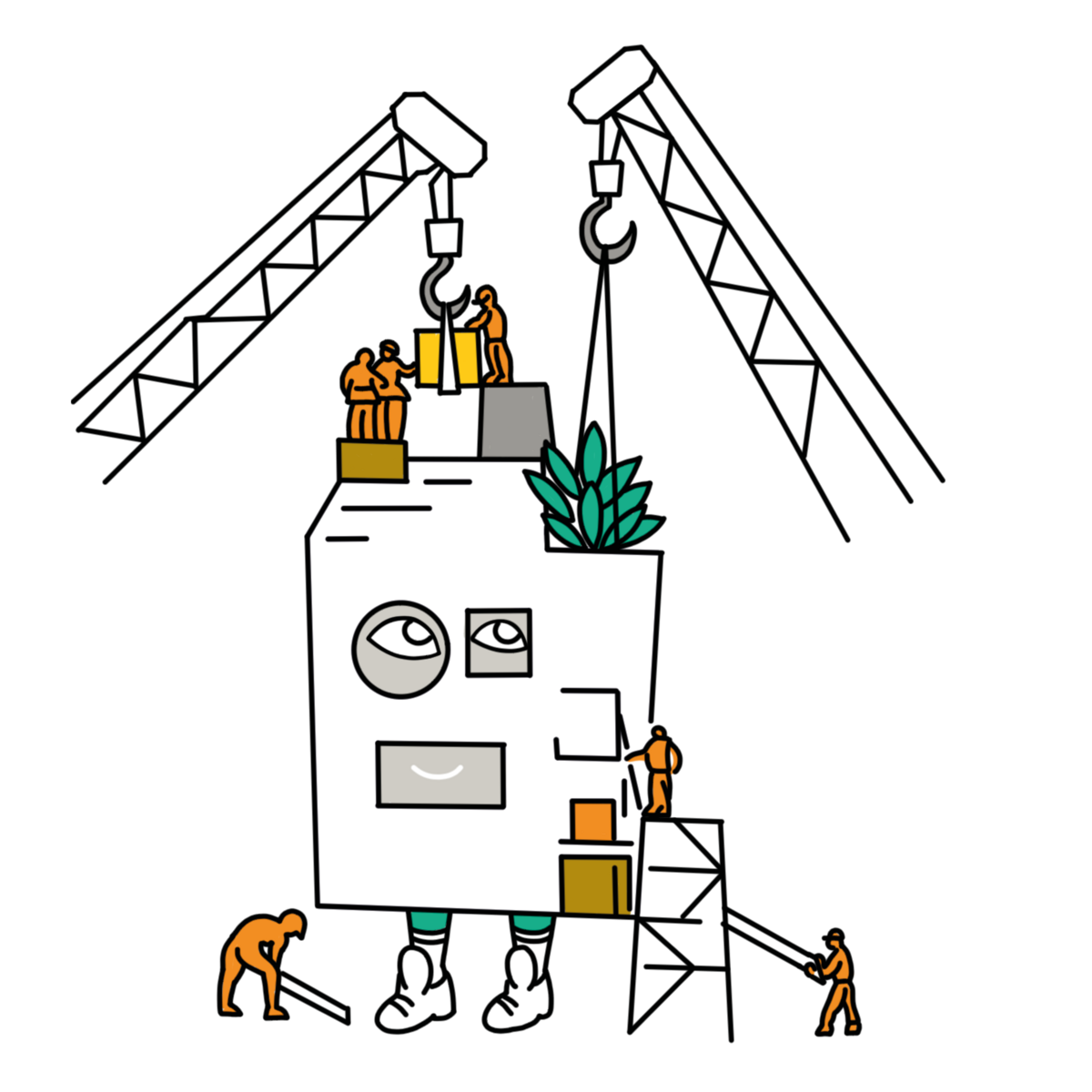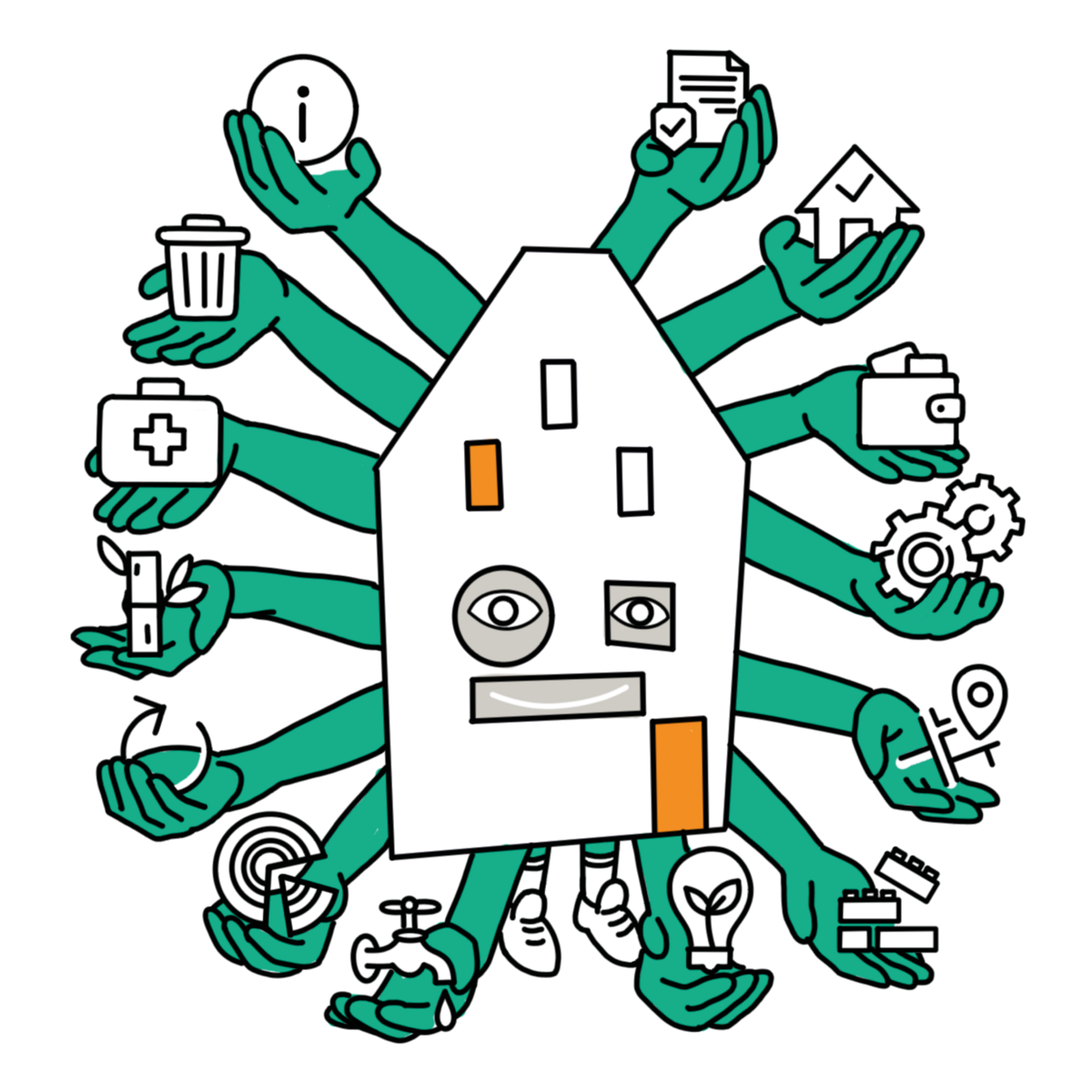Re-Think Buildings Toolkit
The RE-Think Buildings Toolkit is an integrated set of three tools developed by UN-HABITAT, UNEP and UNOPS to “RE –think sustainability in the building sector”, RE stands for Resource Efficiency, it has the following objectives:
(i) support governments in transforming their buildings and construction sector, particularly the housing sector, in a resource efficient, low carbon, and climate resilient manner, and
(ii) raise awareness and strengthen the capacity of national stakeholders along the construction value chain on sustainable buildings and construction related benefits and opportunities with an emphasis on material efficiency.
The toolkit comprises three main modules to provide an integrated approach for a resource efficient buildings and construction sector:
- SBC Advocacy guidelines: Set of guidelines and tools to guide stakeholders to make the case on sustainability and the built environment within the countries, regions or networks.
- Country and construction assessment (RE-CCAT): Sustainable buildings and construction assessment methodology
- Housing Value Assessment Methodology (Housing VAM): A digital tool to understand and upgrade national housing programmes and large projects towards a more sustaianble strategy.
The methodology is structured in 3 steps assisted by the 3 tools developed for this assessment.
MODULE 1 SBC ADVOCACY GUIDELINES: First step is to make the case by developing a strong argument for the needs and the benefits of integrating SBC and resource efficiency concerns into policy and planning processes.
MODULE 2 RE-CCAT: Second step is to set priorities by the incorporation of resource efficiency concerns into country strategies, plans, policies and regulation, and processes using the rich data assimilated in the previous phase for further integration into mainstream policy guidelines and initiatives.
MODULE 3 HOUSING VAM: Third step is the implementation of resources and material efficiency strategies through effective capacity building and partnership-building, requiring stakeholder engagement tools, such us the Housing VAM to monitor and identify gaps for improvement and good practices within the housing sector.

Item Assessment information
Needs addressed
- Developing strong governance and policies
- Adopting SCP norms, technologies and practices
Leaving no one behind
- Addressing SCP needs of the national population (including vulnerable groups)
- Enhancing SCP practices and collaboration between key stakeholders (public and private)
Applicability
- Tested
Organizations


-
12.2
-
12.6
-
12.7
How does the tool make an impact on SDG12?
The toolkit has an overall impact on SDG12, but most precisely on targets 12.2, 12.6, and 12.7. The Re-think Buildings Toolkit promotes sustainable management and use of natural resources. Furthermore, it promotes sustainable public procurement practices in the construction and buildings sector and encourages stakeholders to follow sustainable practices through efficiency of resources and materials.
How does the tool make an impact across SDGs?
It makes an impact on SDG11, specifically on SDG11.1 by making buildings in cities more sustainable, resilient, inclusive and safe and ensuring access for all– to adequate, safe and affordable housing for all.
- 11.1 and 11.c on adequate and sustainable housing and sustainable construction materials.
- 13.1 and 13.2 Strengthen resilience and adaptive capacity to climate-related hazards and natural disasters in all countries. Indicators and integrate climate change measures into national policies, strategies and planning
- 17.7 Promote the development, transfer, dissemination, and diffusion of environmentally sound technologies to developing countries on favourable terms, including on concessional and preferential terms, as mutually agreed
HOW TO/STEP-BY-STEP
Advocacy Guidelines
This tool comprises a set of guidelines to support countries in strengthening their strategy, vision and communications on sustainable buildings and construction. This set of guidelines provide information, data, resources, guidelines and tools that can assist when framing resource efficiency within the building's strategy of public and private institutions to align to global standards and aim to reach the international agenda objectives, such as Paris Agreement, Sustainable Development Goals or 2030 Agenda.
Country and Construction Assessment (RE-CCAT)
Re-CCAT assesses the country's context and enabling environment to identify opportunities, challenges and solutions for governments to plan, deliver and manage buildings and housing that are resource efficient to support achieving a future that is carbon net zero. Transforming the buildings and housing sector for a sustainable future often requires a shift in the government’s institutional and policy frameworks to implement changes along the buildings' value chain. RE-CCAT, through the assessment of the country's context and enabling environment, identifies opportunities, challenges and solutions that would support the creation of a Country Roadmap for a Resource Efficient, Low Carbon and Climate Resilient Buildings and Housing Sector.
RE-CCAT is a tool developed as a step-by-step approach to support governments from the assessment inception to the roadmap creation. RE-CCAT encompasses a two-part assessment. It looks first at the country buildings and housing context to identify current and future trends and where actions will be needed, then it undertakes an analysis of the enabling environment and the government's capacity to plan, deliver and manage buildings and housing sustainably.
More information on the methodology of Sustainable Buildings and Construction Roadmaps on: GLOBAL ABC
Housing VAM
Housing VAM is a quick, open and assisted assessment targeted at national housing programmes and large projects. It provides, with valuable feedback on gaps and potential to shift towards more sustainable construction. Upon completing the questionnaire, users will receive a summarized feedback report and the possibility to request a detailed assessment with our technical. The feedback report provides information on highlights, gaps and main areas of improvement, performance against the different SDGs and recommendations of relevant certifications relevant to the project itself. It likewise provides users links to main housing standards, regulations and ISO regulations, SDGs and other tools and resources.
To achieve this, the tool combines a qualitative and quantitative analysis method based on 4 sections of analysis: context governance & regulations; resources & circularity; environmental impact & resiliency; housing and urban design. These sections are subdivided in 14 Chapters revealing the details of the performance of the project itself and how to upgrade it.
Access the Housing VAM tool (https://housingvam.com/)


